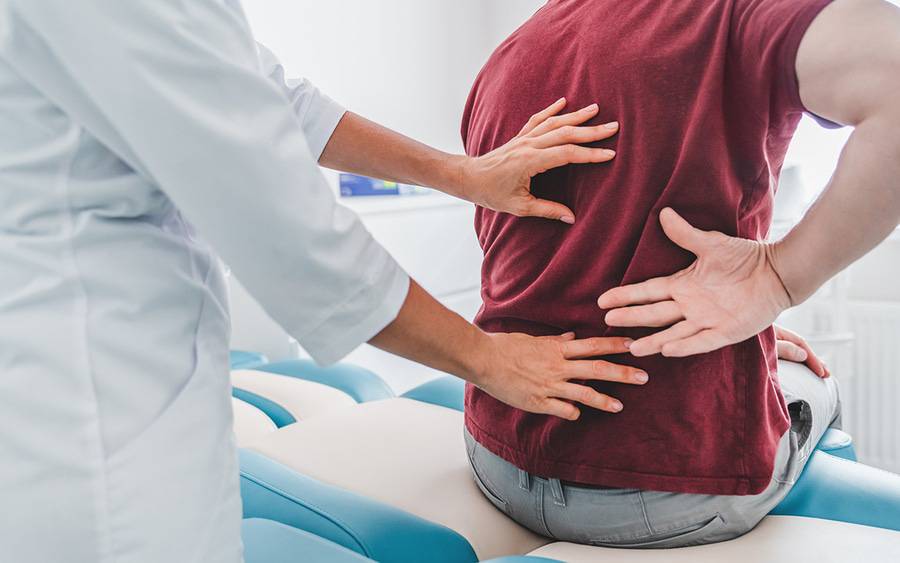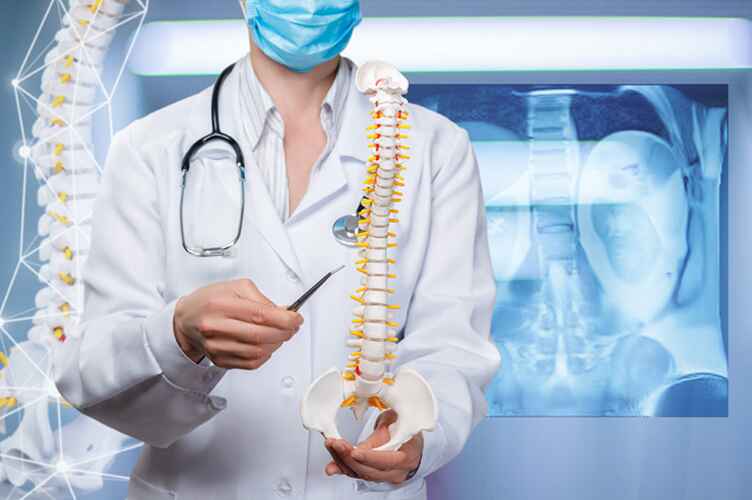The spine is a complex and vital part of the human body, providing support, stability, and flexibility. However, various factors, such as ageing, poor posture, injuries, and certain medical conditions, can lead to spine problems. These issues can range from mild discomfort to severe pain and can significantly affect a person’s quality of life. In this blog, we will explore some of the common spine problems that people may experience and discuss their causes, symptoms, and potential treatments. If you are experiencing spine problems or persistent back pain, seek expert care and personalized treatment at Specialty Care Clinics.
Herniated Disc:
A herniated disc, also known as a slipped or ruptured disc, occurs when the soft inner core of a spinal disc protrudes through its outer layer. This condition can put pressure on nearby nerves, causing pain, tingling, and weakness in the affected area. Common symptoms of a herniated disc include back pain, leg pain (sciatica), and numbness or weakness in the legs. Treatment options may include rest, physical therapy, medication, or in severe cases, surgery.

Degenerative Disc Disease:
Degenerative disc disease refers to the gradual deterioration of the intervertebral discs over time. As the discs lose moisture and height, the space between the vertebrae reduces, leading to pain and reduced flexibility. Symptoms of degenerative disc disease include back pain that worsens with movement and may radiate to the arms or legs. Treatment options include physical therapy, pain management, and lifestyle modifications.
Spinal Stenosis:
Spinal stenosis is a condition where the spinal canal narrows, putting pressure on the spinal cord and nerves. This can result in back pain, leg pain, and difficulty walking. Symptoms may worsen when standing or walking and improve when sitting or leaning forward. Treatment for spinal stenosis may involve pain management, physical therapy, and in some cases, surgery to relieve pressure on the spinal cord.
Scoliosis:
Scoliosis is a sideways curvature of the spine, often diagnosed during adolescence. While some cases are mild and require no treatment, severe scoliosis can cause pain and affect lung and heart function. Treatment options for scoliosis may include observation, bracing, or surgery, depending on the severity and progression of the curvature.

Spinal Fractures:
Spinal fractures can occur due to trauma, such as a fall or car accident, or as a result of osteoporosis weakening the bones. Symptoms of a spinal fracture include sudden and severe back pain, limited mobility, and in severe cases, nerve damage. Treatment options may include pain management, bracing, and in some cases, surgery.
Sciatica:
Sciatica refers to pain that radiates along the sciatic nerve, which runs from the lower back down the back of each leg. It is often caused by compression or irritation of the nerve, such as from a herniated disc. Symptoms include sharp, shooting pain down the leg, tingling, and numbness. Treatment for sciatica may involve pain management, physical therapy, and in some cases, surgery.
Osteoarthritis:
Osteoarthritis is a degenerative joint disease that can affect the spine, leading to the breakdown of cartilage and causing pain and stiffness. Symptoms of spinal osteoarthritis may include back pain, reduced flexibility, and difficulty performing daily activities. Treatment options may include pain management, physical therapy, and lifestyle modifications.
Contact Specialty Care Clinics at (469) 545-9983 to schedule an evaluation and get the right solutions for your spine health.
